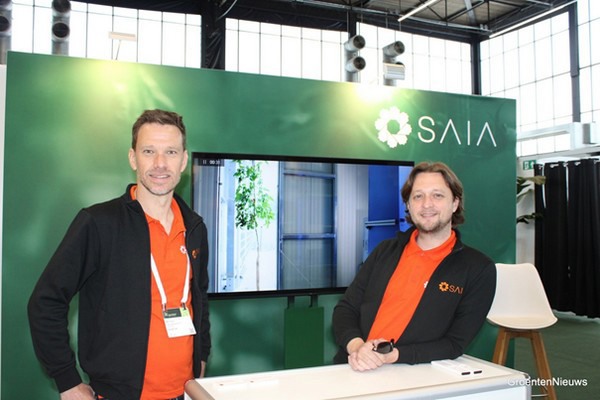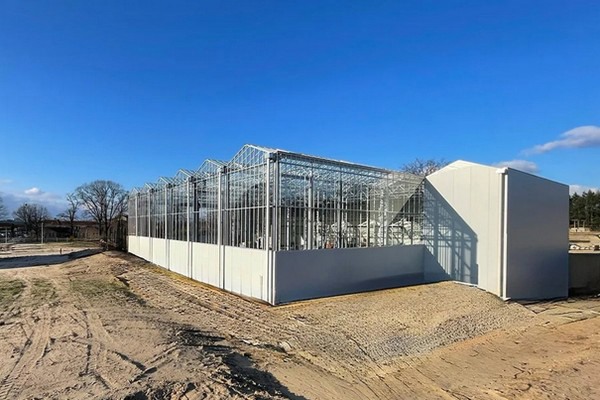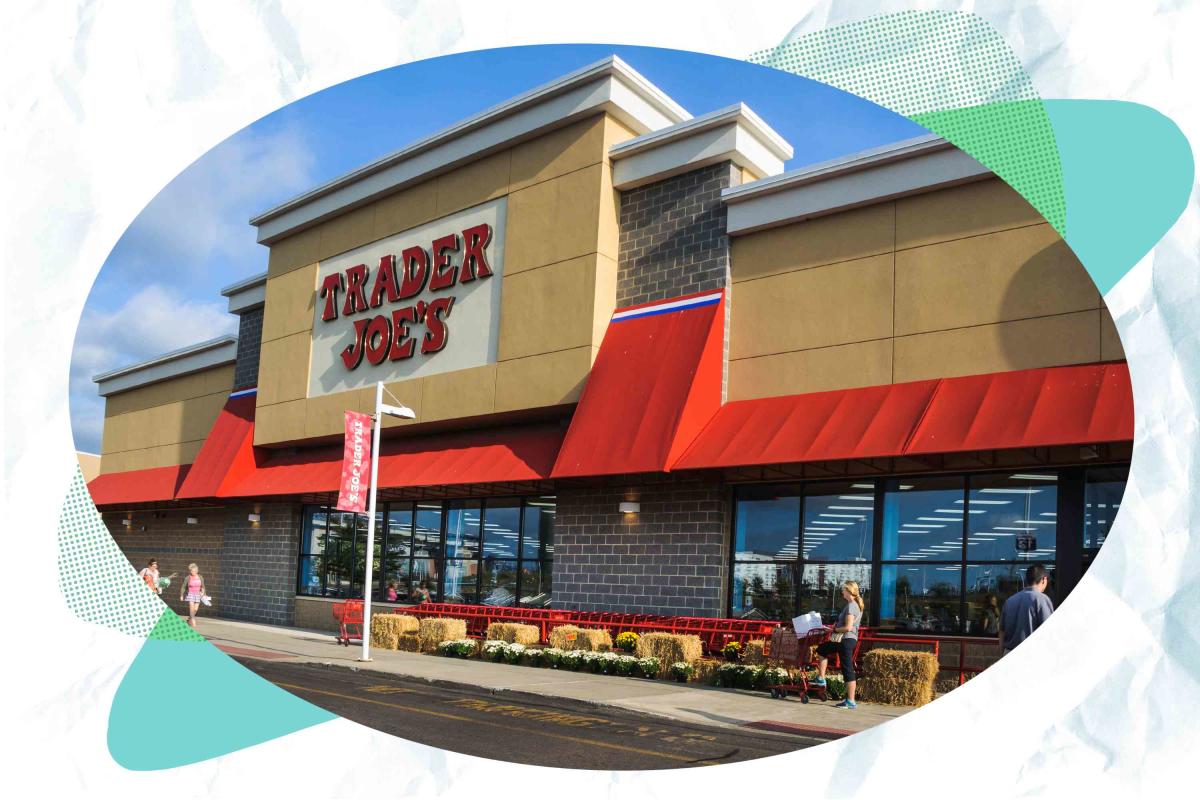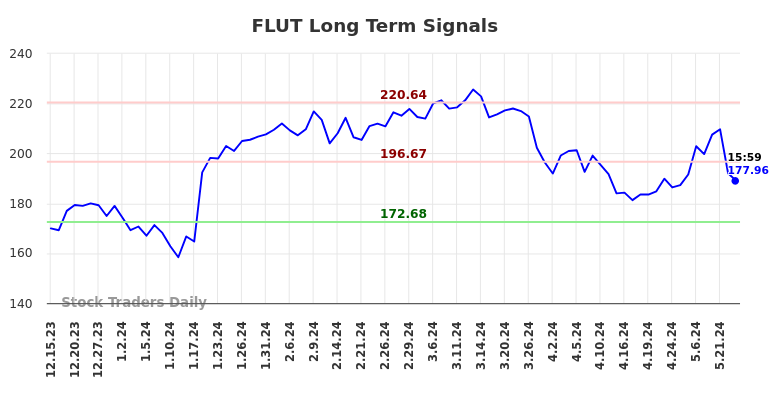“Like a car in the car wash, so is the plant in our robot concept.” One year later, Saia Agrobotics is putting this remarkable promise into practice, bit by bit. The greenhouse to demonstrate their innovative ideas is now in Ede, the Netherlands. A year-round tomato harvest has begun there, making it possible for the first time to see in more detail what the clever minds have come up with. However, it is not yet possible to delve into every detail, as a visit to the company’s stand at GreenTech Amsterdam shows.
At the booth, Bas Froon and Ruud Barth showed visitors a video explaining their concept. A recent presentation by Bas at a Delphy knowledge event raised questions, including how they manage the roots and the length of the tomato plant when the plant comes to the robot and not the other way around.

Bas and Ruud at GreenTech Amsterdam
Regular varieties
It is now clear that Saia Agrobotics is growing normal tomato varieties in the new greenhouse in Ede and not on substrate. They have also opted for a greenhouse with natural sunlight rather than a lightless environment, a decision made last summer. In the still video, which is also available on Saia’s website, we see the plants hanging with bare, white roots.
You can’t see the plants all the way to the bottom of the greenhouse, but they are visible during transport, which is intentional. The planting system is patented. Selected groups of interested parties are now invited to Ede to see the whole concept, albeit under a non-disclosure agreement. “It’s different, but not difficult,” explains Bas. “Our system is not dependent on specific genetics.” In Ede, they use several tomato varieties for ongoing cultivation.
Plant work outside the greenhouse
At Delphy, the Chief Commercial Officer explained that the robots perform four tasks simultaneously when the plant reaches the “washing line.” “Plucking and harvesting the leaves can be done in seven seconds.”
The video shows part of this process. In the hall with robots, a gripper grabs the stem of the plant and holds it in place. Then a kind of inverted funnel with shielded blades moves along the stem, picking leaves and harvesting bunches. Both the stems with leaves and the harvested bunches then disappear via a conveyor belt.
What happens next in the 1,000 square meter “tomato factory” on the grounds of the World Food Center in Ede remains to be seen. The concept aims at “hands-free cultivation”, which means that no one has to enter the greenhouse. All cultivation operations are carried out in the processing hall. In the meantime, the weekly look at each plant provides valuable data.

The greenhouse in Ede, where Saia Agrobotics presents the complete concept to the market.
“The challenge lies in the whole”
The product has been tested in parts for three years at WUR, Botany and the breeding company BASF | Nunhems and is in phase TRL-8, the phase before it becomes a commercial product. The goal for this year is to develop the prototype into a version that can run in a breeder’s pilot project next year.
In the following years, Saia Agrobotics, which raised capital at the end of 2022 to accelerate and expand, plans to enter the market. “We now have the individual parts under control. The challenge is in the whole,” Bas told the audience at Delphy. At GreenTech Amsterdam, a glimpse of this whole was shown for the first time.
For more informations:
Ruud Barth and Bas Froon
Saia Agrobotics
+31 (0)317 700 205
www.saia-agrobotics.com




